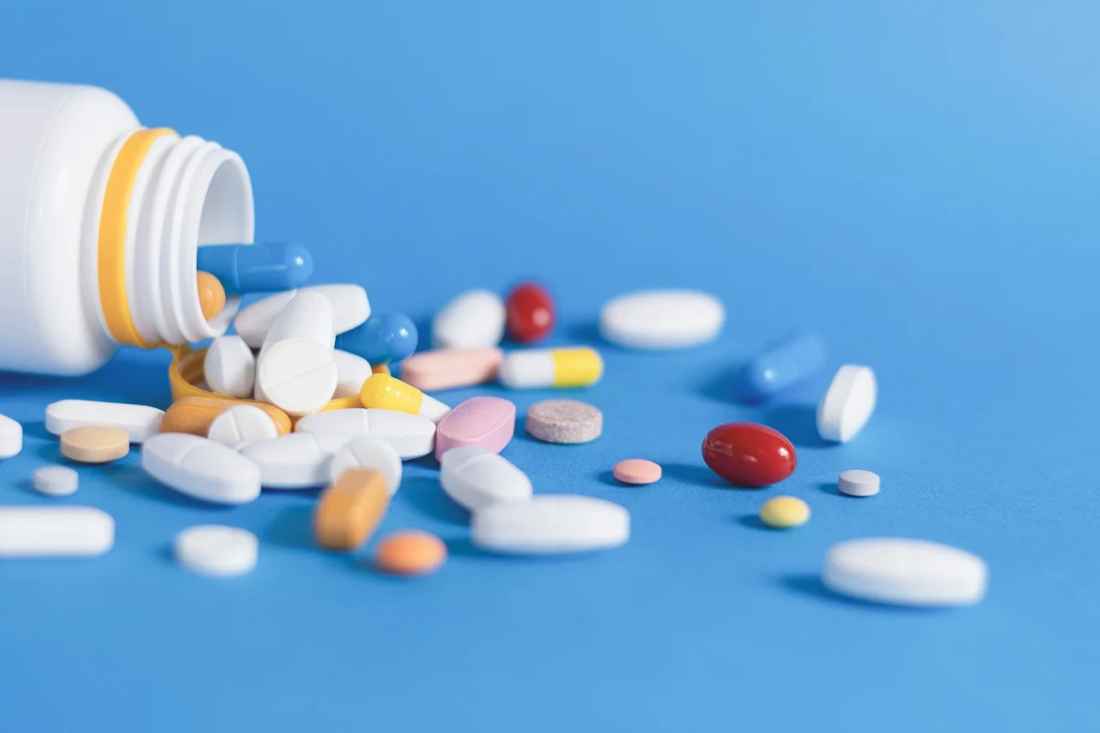
Image source: https://pixabay.com/photos/medicine-pills-medication-bottle-8287535/
When it comes to managing health within a family, the correct use of medication is not just a not only to ineffective treatment but also to potential hazards. So, it’s imperative that all family members understand how to handle these powerful tools safely.
By embracing smarter, safer ways to manage prescriptions and over-the-counter drugs, families can have significant practice but a necessity. The stakes are high – especially with kids in the mix. Missteps can reduce risks and ensure that health stays at the forefront of their priorities.
Here are five essential tips to follow.
1. Establish and Maintain a Safe Storage System
One of the cornerstone rules for medication safety is ensuring that all drugs, especially opioids, whether prescription or over-the-counter, are stored securely and out of reach of children.
Preferably, medications should be kept in a lockable cabinet – high enough to evade curious hands but still easily accessible to adults.
Also, maintaining them in their original containers with clear labels avoids confusion and misuse. This practice not only protects young ones from accidental ingestion but also helps in monitoring expiration dates – which is critical for effectiveness and safety.
2. Regularly Review Medication Lists
It’s crucial for every family to periodically review their medication lists. This isn’t just about checking expiry dates. It also involves reassessing the necessity of each prescription and over-the-counter drug. As health conditions evolve, so do treatment requirements. A medicine that was essential six months ago might no longer be necessary. On the other hand, you might need to switch to a different alternative that better aligns with your current health needs and your budget. For instance, if you used Lubiprostone for chronic constipation but found it ineffective, you might explore the cost of Motegrity and consider discussing it with your doctor as a potential alternative that better suits your needs. Evaluating both the effectiveness and affordability of medications ensures that you receive the best possible treatment without unnecessary financial strain.
Involving a healthcare professional in this review ensures that all medications are still relevant and safe, reducing the risk of adverse interactions or side effects.
3. Educate Everyone on Proper Usage
Knowledge is power, particularly when it comes to medication safety. So, ensure that every member of the family understands how to correctly use each medication – from dosage and timing to interactions with other drugs or foods.
For younger children, clear guidelines on what they should never touch or consume are essential.
Additionally, teenagers managing their own medication for the first time may need detailed guidance and regular check-ins. This education not only prevents misuse but also empowers each person to be mindful of their health and proactive in their care.
4. Stay Vigilant for Side Effects
All medicines can potentially cause side effects. For example, the side effects of the diabetes management medication Ozempic include an increased risk of DVT (Deep Vein Thrombosis) and severe pancreatitis.
Recognizing and promptly addressing side effects is key to safe medication use. Encourage every family member to report any unexpected reactions or changes in health after starting a new medication. This includes anything from mild symptoms like headaches or dizziness to more severe reactions such as rashes or breathing difficulties.
Keeping a log can be helpful in tracking these occurrences, providing valuable information to healthcare providers who can adjust dosages or prescribe alternatives if necessary.
Awareness and quick action ensure that side effects do not escalate into more serious health issues.
5. Use a Medication Management App
In today’s tech-driven world, leveraging digital tools can enhance medication safety for families. Consider using a medication management app to:
- Track dosages and set reminders for each family member.
- Store medical histories and prescription details securely.
- Share information easily with healthcare providers during appointments.
These apps not only help in maintaining an accurate schedule but also reduce the chance of missing or doubling up on doses. With real-time notifications and access to critical information, such apps serve as an invaluable resource in managing health efficiently and safely – for the whole family.




